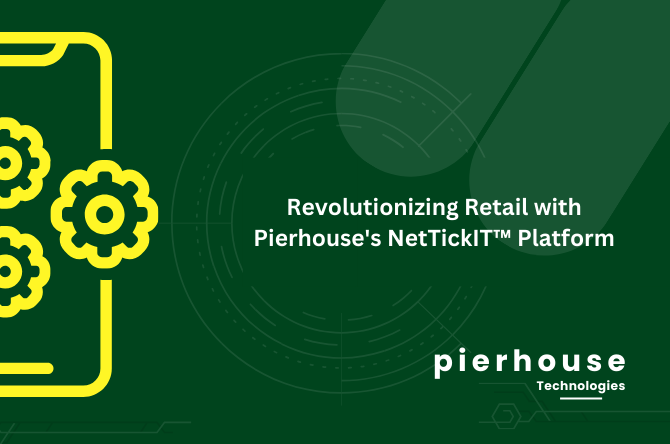Last week’s announcement that Sainsbury’s was interested in bidding for the Home Retail Group meet a mixed reaction in the City. The group consists of Argos and Homebase and on 
Mike Coupe, Sainsbury’s CEO believes that the £1bn investment will create “an integrated multi-channel proposition” delivering an extensive variety of food and non-food lines. Its extended delivery capability will be able to provide “fast, flexible and reliable delivery to store or to home across a wide range of food and non-food products”. Argos has a strong delivery capability and Sainsbury’s would benefit from tapping into this in order to combat Amazon’s entry into the UK food delivery service. It has said that utilising this hub could transform its online transformation programme 3 years ahead of schedule.
It has worked with Argos in the last year opening 10 trial concessions within a few of their larger stores, which have clearly been successful. Sainsbury’s is undergoing an overhaul of their store estate to try to maximise their selling space, therefore opening more of these concessions would be a way to do this, whilst hopefully driving customers and conversions between the two offerings.
According to a recent Guardian article 40% of Argos leases expire in the next four years. This would give Sainsbury’s the chance to close any poor performing stores, move more concessions in-store and potentially change some of the good performing Argos stores into grocery outlets. It could also further enhance its financial services offerings. There are a number of different possibilities.
This would also enable Sainsbury’s to increase its click and collect capability, just as John Lewis has done through Waitrose. Increasing numbers of customers are keen to get their hands on products as quickly as possible without the need to wait for delivery and if this was available for people as part of their food shopping journey then it may be a success.
The Homebase part of the Home Retail Group is less of an obvious fit. It was actually part of the Sainsbury’s Group until it was sold back in 2000. City analysts expect that this part of the group will be broken off and re-sold.
Sainsbury’s first bid for the Group was rejected and it now has until 2nd February to make an improved offer, but before that is possible the Sainsbury’s board will need to convince shareholders that synergy exists and that any integration costs will be small in comparison to the upsides. They will also need to set out a clear plan for Homebase to ensure that they can sell it at an optimum price and be sure that suitable buyers exist.
It will be interesting to watch and see this unfold. What on paper looks like a mismatch could actually prove in the digital age to be the competitive edge that is needed.






